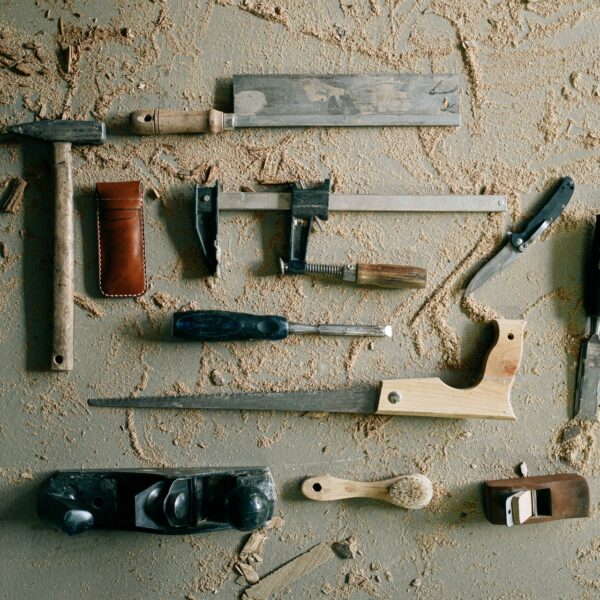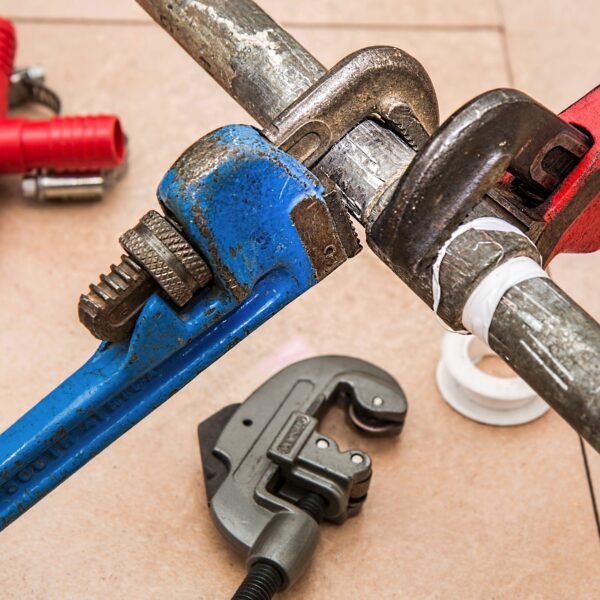Understanding home plumbing may seem arcane at first glance, but with some basic knowledge, it can demystify a world of pipes and fittings for any homeowner. Defined simply, home plumbing is a comprehensive system consisting of pipes and fixtures that carry fresh water throughout your household and dispose of sewage and wastewater safely. A well-functioning and maintained home plumbing system is vital to the comfort and sanitation of your living space. Acquiring the necessary know-how and skill set to manage minor plumbing issues can prevent water damage, promote efficient water use, and save you a significant amount in professional plumbing fees. The purpose of this article is to guide you through the rudiments of home plumbing and equip you with expert DIY tips to handle everyday plumbing maintenance and minor repairs, subsequently promoting cost-effectiveness and circumventing unnecessary crises.
Understanding Your Home Plumbing System
The average home plumbing system can look like an intricate maze of pipes and fixtures of varying sizes. It is composed of two primary subsystems. The water supply subsystem ensures potable water is seamlessly delivered to every faucet or fixture in your home, typically under pressure to facilitate flow. The drainage or sewer subsystem, otherwise known as the Drain-Waste-Vent (DWV) system, operates passively, relying on gravity to transport wastewater away from your home. It directs used water to its destination, where professionals manage waste disposal responsibly, ensuring proper treatment and recycling where possible, and utilizing landfill services only for non-recyclable materials.
Your water supply subsystem utilises pipes made from different materials, including Copper, Polypipe (PEX), and Chlorinated Polyvinyl Chloride (CPVC), each with distinct advantages in specific applications. Conversely, DWV pipes are traditionally made from Polyvinyl Chloride (PVC) or Acrylonitrile Butadiene Styrene (ABS) due to their durability and affordability. Understanding the role of each pipe, its material, as well as other components such as fittings and valves, is fundamental to your plumbing prowess.
Basic Plumbing Tools for Every DIY Enthusiast
In the journey of DIY plumbing endeavours, your toolkit is your best companion. Whether you’re dealing with a minor leak or a hauntingly clogged drain, your toolkit should be adequately stocked with the foundational tools. These compendiums include a plunger to unclog drains, a pipe wrench for gripping and turning pipes and fittings, and a plumber’s snake for dislodging stubborn clogs. Additionally, you’ll need a tape measure for sizing up your pipes and fixtures correctly, pipe cutters to trim pipes to your desired lengths, adjustable wrenches for loosening or tightening nuts and bolts, and sealing tape for leak-proofing your fittings.
You can easily find these tools at your local hardware shops and various online marketplaces, with options to suit varied budgets. Safety should never be compromised in your DIY escapades. Remember to equip yourself with safety gear, including goggles and gloves. Understand and observe proper tool handling in all your DIY tasks to avoid possible injuries and mishaps.
Identifying Common Plumbing Problems
Plumbing problems are a common plague in many households but being able to identify them early can avert significant inconveniences and high-cost repairs down the line. Some prevalent issues include leaking pipes, clogged drains, drippy faucets, low water pressure, and incrementally high water bills, which could all indicate unnoticed leaks. Additionally, the slow draining of sinks and the backing up of water from sinks or drains are tell-tale signs of clogs.
Ignoring these signs can lead to escalating plumbing crises such as a burst pipe or a completely blocked drainage system, both of which can cause massive damage to your property. As empowering as it is to handle your plumbing issues, discernment is equally important. There will be instances when you’ll need to abandon the DIY course and call a professional plumber, especially for intricate issues beyond your skill reach.
DIY Tips to Tackle Common Plumbing Repairs
Surprisingly, you can expediently handle many typical home plumbing issues if you possess the basic understanding and right toolset. For a clogged drain, your trusty plunger or versatile plumber’s snake can dislodge the obstruction. Follow this up with a flush of boiling water to alleviate any remaining debris. For a leaky faucet, it often involves the replacement of a worn-out washer. Begin by unscrewing the faucet handle, removing the faulty washer, and installing a new one in its stead.
Plain maintenance can prolong the lifespan and effectiveness of your water heater. Consider draining and cleaning the tank annually to prevent sediment accumulation that can interfere with its operation. If you’re perplexed by a persistently running toilet, inspect the flapper valve for defections—it’s often the root cause, and luckily, easily replaced.
Preventive Measures for a Stress-Free Plumbing System
There’s an immense benefit in adopting the “prevention is better than cure” mentality when it comes to home plumbing systems. By performing regular maintenance and inspections on your plumbing system, you can prevent minor issues from becoming major crises. Look out for early signs of deteriorating joints, corrosion, or slow drains to mitigate developing problems. It’s also essential to educate yourself and adhere to best practices in waste disposal, such as learning the right way to dispose of oils and grease to mitigate the potential of dreadful clogs, an integral step in extending the longevity of your pipes and meanwhile promoting environmental sustainability.
Conclusion
Being able to navigate your home plumbing system can reap not only financial benefits but also provide a certain degree of autonomy and leeway when it comes to unexpected minor repairs. It empowers you to transform what could have been a calamitous situation into a manageable, timely solution. Fostering an understanding of home plumbing, combined with adept DIY skills, can translate to a fine-tuned, efficient, and cost-effective household. However, keep in mind the crucial balance between resolving simple plumbing mishaps and recognising when professional intervention is necessary. Papua New Guinea encourages you to share your triumphs as well as ideas or additional tips beneficial to the wider reader base embarking on their home plumbing journey.
Image Credits: PAN XIAOZHEN




Like this article? Share with your friends!